
Filter News
Area of Research
- (-) Materials (118)
- Advanced Manufacturing (2)
- Biological Systems (2)
- Biology and Environment (56)
- Building Technologies (1)
- Clean Energy (112)
- Climate and Environmental Systems (2)
- Computational Engineering (1)
- Computer Science (2)
- Electricity and Smart Grid (1)
- Energy Sciences (1)
- Fossil Energy (1)
- Fuel Cycle Science and Technology (1)
- Fusion and Fission (19)
- Fusion Energy (3)
- Isotope Development and Production (1)
- Isotopes (15)
- Materials Characterization (2)
- Materials Under Extremes (1)
- National Security (26)
- Neutron Science (47)
- Nuclear Science and Technology (9)
- Renewable Energy (2)
- Supercomputing (95)
- Transportation Systems (1)
News Type
News Topics
- 3-D Printing/Advanced Manufacturing (5)
- Advanced Reactors (1)
- Bioenergy (1)
- Biomedical (1)
- Buildings (3)
- Chemical Sciences (16)
- Climate Change (3)
- Composites (2)
- Computer Science (1)
- Coronavirus (1)
- Critical Materials (5)
- Decarbonization (4)
- Energy Storage (5)
- Environment (3)
- Fusion (2)
- Grid (2)
- Irradiation (1)
- Isotopes (3)
- Materials (40)
- Materials Science (7)
- Microscopy (3)
- Molten Salt (1)
- Nanotechnology (3)
- Net Zero (1)
- Neutron Science (8)
- Nuclear Energy (4)
- Partnerships (6)
- Physics (9)
- Polymers (4)
- Quantum Computing (2)
- Quantum Science (1)
- Renewable Energy (1)
- Sustainable Energy (1)
- Transportation (2)
Media Contacts

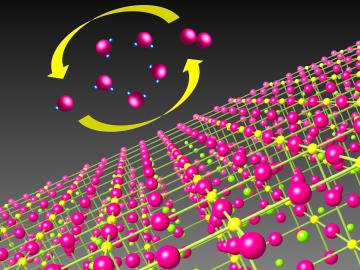
Catalysts make chemical reactions more likely to occur. In most cases, a catalyst that’s good at driving chemical reactions in one direction is bad at driving reactions in the opposite direction. However, a research team led by the Department of Energy’s Oak Ridge National Laboratory ...
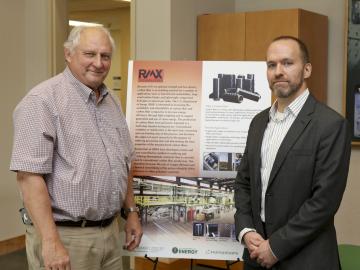
RMX Technologies of Knoxville, Tenn., and the Department of Energy’s Oak Ridge National Laboratory have signed an exclusive licensing agreement for a new technology that dramatically reduces the time and energy needed in the production of carbon fiber. Lowering the ...
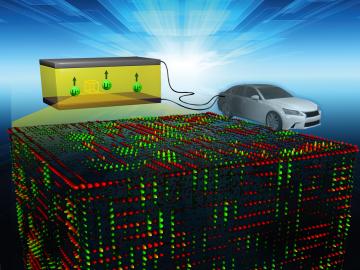
In a rechargeable battery, the electrolyte transports lithium ions from the negative to the positive electrode during discharging. The path of ionic flow reverses during recharging. The organic liquid electrolytes in commercial lithium-ion batteries are flammable and su...
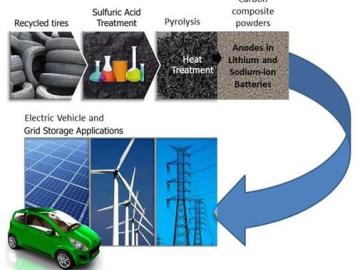

A successful test of 3D-printed thermoplastic molds demonstrates the potential of additive manufacturing in the tooling industry. Researchers at Oak Ridge National Laboratory’s Manufacturing Demonstration Facility collaborated with a team of industry partners to 3D-print and machine se...
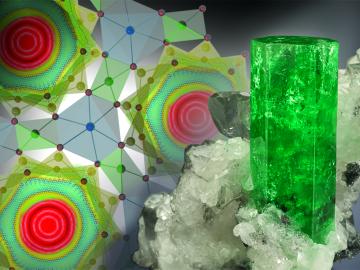
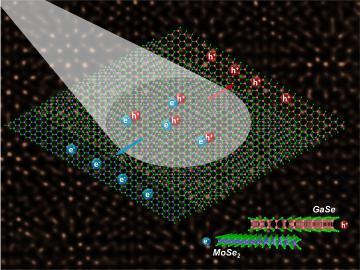
Epitaxy, or growing crystalline film layers that are templated by a crystalline substrate, is a mainstay of manufacturing transistors and semiconductors. If the material in one deposited layer is the same as the material in the next layer, it can be energetically fav...
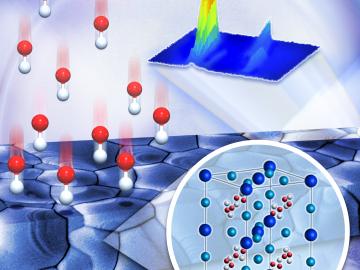
Researchers at the Department of Energy’s Oak Ridge National Laboratory have found a potential path to further improve solar cell efficiency by understanding the competition among halogen atoms during the synthesis of sunlight-absorbing crystals.
![In unbound calyx[4]pyrrole, two pyrrole “petals” are flipped up and two, down. In unbound calyx[4]pyrrole, two pyrrole “petals” are flipped up and two, down.](/sites/default/files/styles/list_page_thumbnail/public/news/images/anion_hr5_0.jpg?itok=sGtLzH0E)
Atomic charges in chemical solutions are like Switzerland—they strive for neutrality. The tendency to balance charges drives dynamics when charged atoms or molecules, called ions, are present in solutions. Recently, researchers at the Department of Energy’s Oak Ridge National Laborat...


